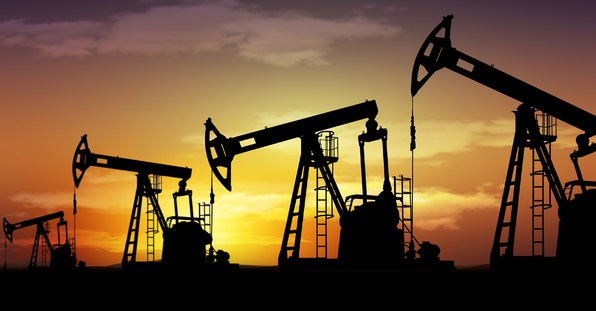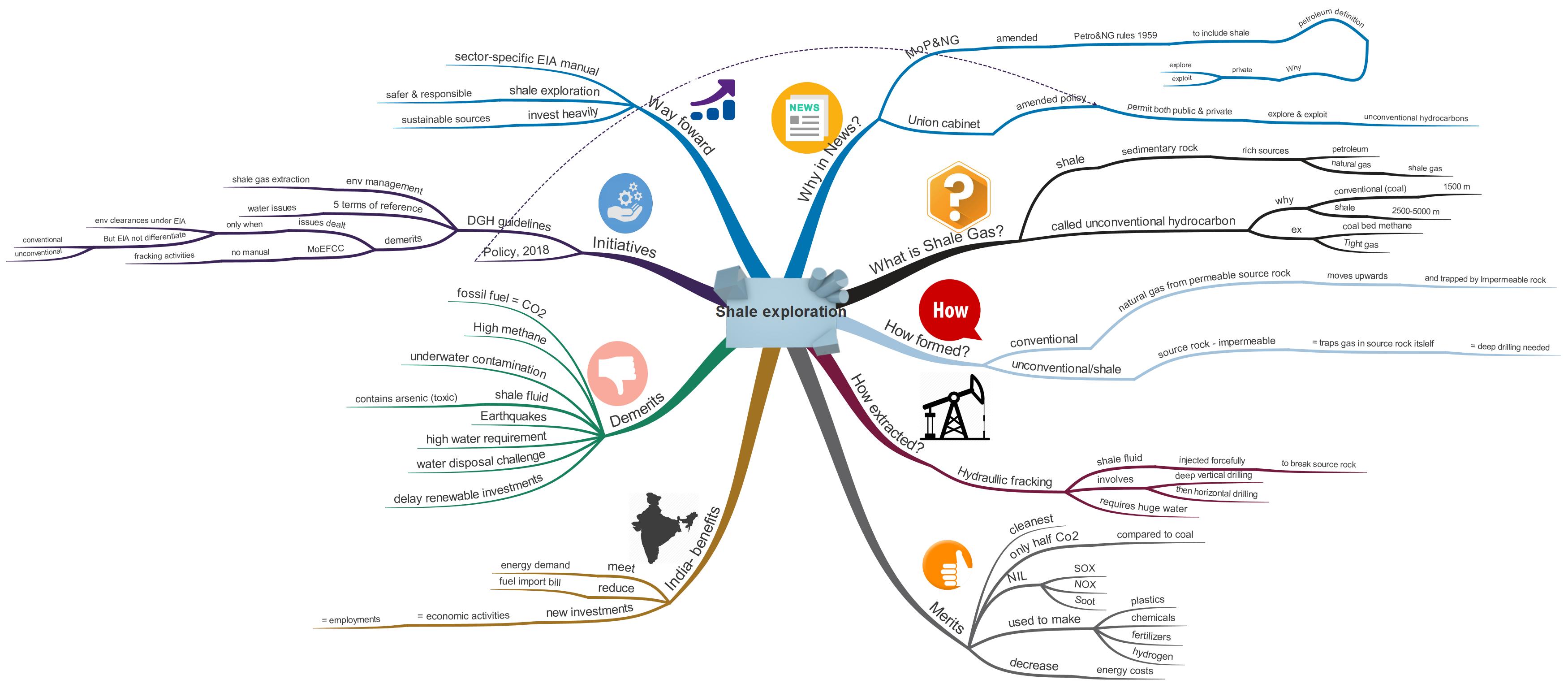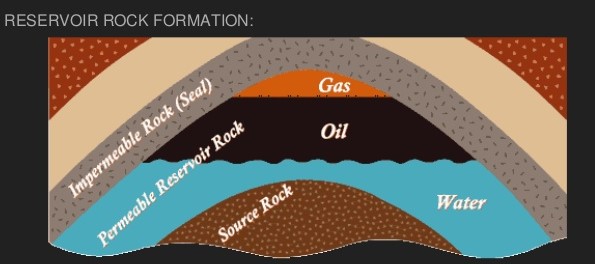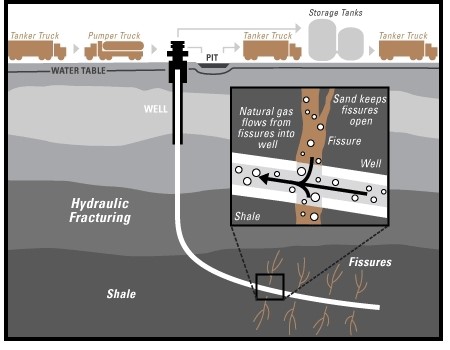Shale Gas Exploration – Merits, Demerits & Challenges

From Current Affairs Notes for UPSC » Editorials & In-depths » This topic
IAS EXPRESS Vs UPSC Prelims 2024: 80+ questions reflected
Why in News?
- In June 2018, Union Ministry of Petroleum and Natural gas had amended Petroleum and Natural Gas Rules 1959 to include shale in the definition of petroleum so that private players can explore and exploit the shale gas.
- In August 2018, Union Cabinet approved a policy framework that permits both private and government players to explore and exploit unconventional hydrocarbons including shale gas.
What is Shale Gas?
- Shale is a fine-grained sedimentary rock that can be rich sources of petroleum and natural gas.
- Shale gas refers to natural gas that is trapped within these shale formations.
- It is called Unconventional Hydrocarbons because when compared to conventional hydrocarbons (coal, petroleum, natural gas at 1500 m), Shale gas and oil are usually found at depths of about 2500-5000 m.
- Other unconventional hydrocarbons are Coal-bed gas/methane and Tight gas.
How is Shale Gas formed?
- Conventional gas reservoirs are formed when natural gas from an organic-rich source rock (at deep underground) move towards the Earth’s surface through highly permeable (porous) reservoir rock, where it is trapped by an overlying layer of impermeable rock. (refer the image)
- However, Shale gas resources created within the organic-rich shale source rock which is less permeable and in result greatly restricting the gas from migrating to more permeable reservoir rock higher. (refer image)
- Hence deep drilling and fracturing are required to extract the shale gas.
How is shale gas extracted?
- Conventional hydrocarbons can be extracted out of permeable rocks easily. But unconventional hydrocarbons like shale gas is trapped under low permeable rocks.
- Therefore, Shale fluid (a mixture of pressurized water, chemicals, and sand) is forcefully injected into the ground in order to break/fracture the low permeable rocks for unlocking the shale gas reservoir. This process is known as fracking/Hydraulic fracking.
- Fracking involves deep vertical drilling followed by horizontal drilling.
- It has to be noted that, fracking requires around 5-9 million liters of water per extraction activity.
What are the merits of shale gas?
- Cleanest of all the fossil fuels and it burns efficiently. Shale gas emits only around half the CO2 emissions from Coal.
- Almost no oxides of sulfur (SOx) and Nitrogen (NOx) or soot when burned.
- No ashes or other residues.
- Can be used to make plastics, chemicals, fertilizers, and hydrogen.
- Shale gas could also decrease energy costs because massive shale gas production would likely cause a significant decline in natural gas prices.
You might want to read: Deep Ocean Mission- India’s quest towards prosperity & security
How would India benefit?
- In the U.S. Shale gas has been commercially exploited for two decades which lead to a considerable drop in their fuel costs.
- Shale discovery has also benefitted the US politically as it effectively destroyed the influence of “Organisation of Petroleum Exporting Countries (OPEC)”.
- Similarly, if India commercially exploits shale deposits, it could meet its growing energy demand, and reduce its fuel import bills.
- Moreover, exploration and exploitation of additional hydrocarbon resources are expected to encourage new investment, giving impetus to economic activities, additional employment generation and thus benefiting various sections of society.
What are the demerits of shale gas?
- It is a fossil fuel, hence emits Carbon Dioxide (CO2) when burned.
- It contains 80-95% methane, a potent Green House Gas (GHG).
- Water pollution due to runoff of fracking chemicals.
- The shale fluid containing toxins including arsenic which is absorbed in the underground.
- Fracking has also been linked to earthquakes due to forceful injection of shale fluid that causes tremors.
- Fracking consumes a huge amount of water and is bound to impact irrigation and other local requirements.
- Disposal of water used for fracking is another greater challenge as huge quantities need to be reprocessed before draining them out.
- Furthermore, about 25-90% of the fluid that is pumped in is lost within the reservoir and cannot be retrieved back.
- This unrecoverable volume puts the nearby underground water resources at a high risk of contamination.
- This may lead to contamination of surrounding areas including drinking water sources and can impact natural habitats.
- Investments in fracking also likely to delay much-needed investments in renewable energy.
What are the initiatives taken by India?
- Acknowledging the challenges in shale gas exploration, the Directorate General of Hydrocarbons (DGH) issued a guideline on environment management during shale gas extraction.
- The guideline proposes five terms of reference with respect to water issues in the fracking process that a project proponent must explain while applying for the environmental clearance.
- However, the guidelines have a loophole because it states that the challenges will be dealt with only when granting environmental clearances as per the Environmental Impact Assessment (EIA) process.
- But the EIA does not differentiate between conventional and unconventional hydrocarbons.
- Also, the Ministry of Environment, Forest and Climate Change (MoEFCC) is yet to come out with a manual for fracking activities.
- In August 2018, Union Cabinet approved a policy framework that permits both private and government players to explore and exploit unconventional hydrocarbons including shale gas. This will increase domestic production through the finding of more hydrocarbon reserves.
You might want to read: Artifical Leaf – The next big thing in the fight against climate change
Way forward
- Implementing the fracking process without a consultative process particularly on water usage policy may result in larger problems such as water stress, groundwater contamination, and related health hazards.
- It is high time that MoEFCC comes up with a sector-specific EIA manual on exploration and production of unconventional hydrocarbons.
However, there is a need to make a safer and more responsible way to access shale gas, while also investing heavily in more sustainable sources that will ultimately reduce the need for shale resources in the long term.
If you like this post, please share your feedback in the comments section below so that we will upload more posts like this.





Please make this audio enabled